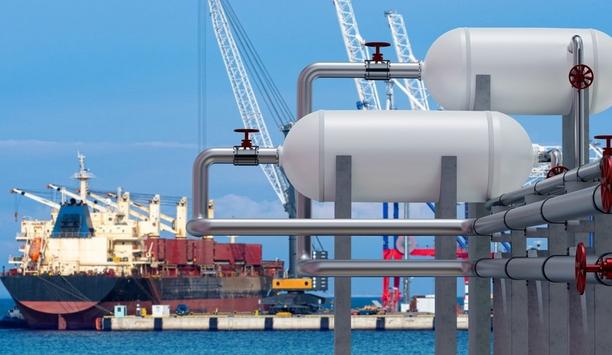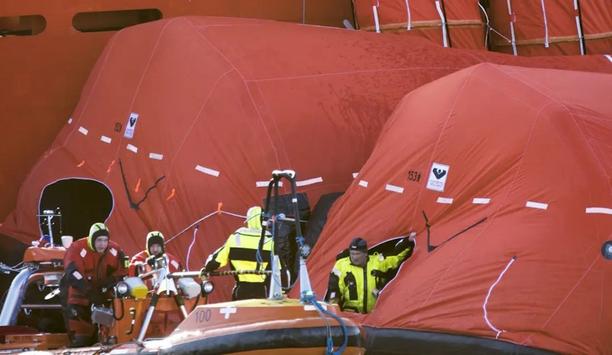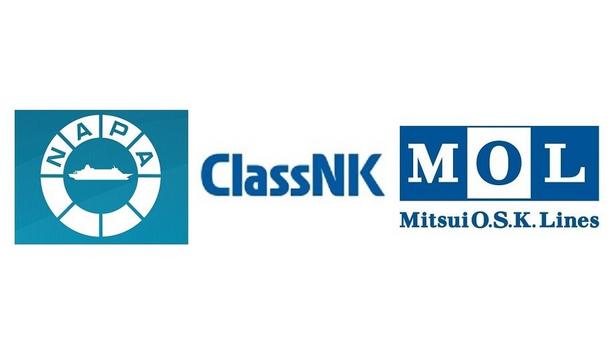Less than 15 percent of TGI's domestic freight uses Australia’s Blue Highway – the 80 or so ports and seaways surrounding the country connecting cities and towns and the world. Sea freight is often overlooked because of misconceptions that road and rail freight is more cost-effective.
However, when it comes to transporting oversized and heavy equipment, sea freight has a much lower cost per tonne, especially over longer distances. So, what does the user need to know about domestic sea freight and when does it become the best option?
Pros
- Affordable – Sea freight is charged per container, with a high weight capacity of approximately 22 tonnes. In comparison, rail options charge an ‘incremental’ tonnage above a base rate of typically 5 or 8 tons; this means the heavier the cargo, the higher the price for rail freight.
- Capacity to load large, oversized cargo – Ports have terminals specifically dedicated to roll-on/roll-off vessels as well as project ships. Existing sea freight infrastructure allows for oversize cargo to be received and delivered as opposed to rail which is limited by an existing freight network of tunnels and sidings, restricting cargo size.
- Reduced carbon footprint – Coastal shipping emits the lowest amount of carbon compared to any other mode of transport on a ton per kilometre basis.
- Consistency – Coastal shipping offers reliable and consistent transport times. The most common coastal services include East Coast to Fremantle, Melbourne to Brisbane, and the Trans Bass Service (Melbourne to Tasmania) to name a few.
- Freight congestion relief – With COVID-19, roadblocks imposed by State Governments have led to road congestion. Coastal shipping can cut out some or all of these congestion points to speed up delivery.
- Road freight permitting – Road freighting interstate permits are taking up to four weeks to be issued as opposed to domestic sea freight which isn’t affected.
- Ability to integrate with multimodal solutions – Using a combination of sea and road provides an end-to-end solution so users can combine the benefits of each mode. Road vehicles can cover the short distances between inland destinations and ports.
- Less administrative busywork – Road vehicles transporting oversize goods require permits via the NHVR, route planning, and additional vehicles to support the cargo. Likewise, interstate rail freight can involve hand-offs between several rail service companies, amounting to additional paperwork. Sea freight is direct and simple by comparison.
- Gentle on expensive machinery – Coastal shipping liners are less prone to shunting, transport damage, and weather interference than trains or road vehicles. This keeps high-value, fragile machinery safe from damage.
Cons
- Longer lead time – On average, container ships have longer delivery times than rail or road freight due to the lengthy process of loading and unloading ships. Additionally, cargo ships travel at slower speeds than trains and road vehicles.
- Schedules are subject to delays and change – Ocean liners are subject to high consumer demand all over the globe, making delivery time and availability a potential issue. 2021 brought substantial congestion to sea freight movement with delays lasting up to a month. However, this was largely due to COVID restrictions. As TGI Cargo reaches COVID normal, prices and delivery times are set to stabilise.
- Does not cover every port in Australia – While all the major cities are covered by the sea network some ports are not. Intermodal assistance from road vehicles or rail networks is often necessary.
When to consider sea freight over road and rail
- If users are looking to reduce the freight costs on the current logistics solution.
- If the user's timeline isn’t too short. As an example, Brisbane to Fremantle, is on average, 10 days of transit time on the water. If users allow a few days on either side for collection and delivery of the freight, the lead times average out to approximately 16-18 days.
- If the user's cargo is too large for either road or rail freight. Coastal liners provide more space for oversize goods than either trains or road vehicles.
A case comparison for road versus multimodal sea freight
TGI Cargo delivered a 65% saving to the client’s budgeted transportation costs with a multimodal solution
TGI Cargo handled a freight task delivering cargo that was over 80 tons from the Brisbane metro to the Perth metro. TGI Cargo was able to deliver a 65 percent saving to the client’s budgeted transportation costs utilising a multimodal solution of road and sea freight. This is compared to road transport.
Coastal shipping provided a reduced carbon footprint and prevented possible delays from state COVID border restrictions. The cargo was delivered within the required delivery time frame with a total lead time of approximately 4 weeks from the time of quoting through to the final delivery to the site.
Summary
Sea, rail, and road freight services all have a place in the domestic transport of cargo. Understanding all transport options available to the user and when one becomes more viable and cost-effective than another, is critical in reducing transport costs.
TGI Cargo specialises in oversized and hard-to-move goods, so if there is a better freight forwarding solution for users, it will find it.










